Introduction
The Nikkor Z 85mm f/1.8 S is another member of the initial collection of fast primes for the new Z system. It features a classic moderate tele focal length that is especially popular for portraits. Combined with its maximum aperture of f/1.8, it offer lots of creative potential for many other uses, too.
It features the “S” designation, which Nikon reserves for the higher grade lenses taking full advantage of the new sensor mount and its large diameter. With 12 elements in 8 groups, the lens has a more complex design than the earlier F-mount AF-S 85mm f/1.8 lens, resulting in a considerably higher street price of around 750 EUR/USD (at the time of this review).
Let’s have a look at how the lens performs on the Z7.

The Z 85mm f/1.8 S shares the minimalistic design of all current Z f/1.8 primes, where control elements are reduced to a minimum. There is an AF/M switch and a large focus ring. The latter works by wire, so is not in any way mechanically coupled to the focus motor. This allows to dynamically adjust the manual focus speed to the speed the ring is turned with, giving fast focus changes with quick movements and very precise fine-tuning with slow movements. If preferred, other functions can be assigned to it, like ISO, aperture or exposure compensation control.
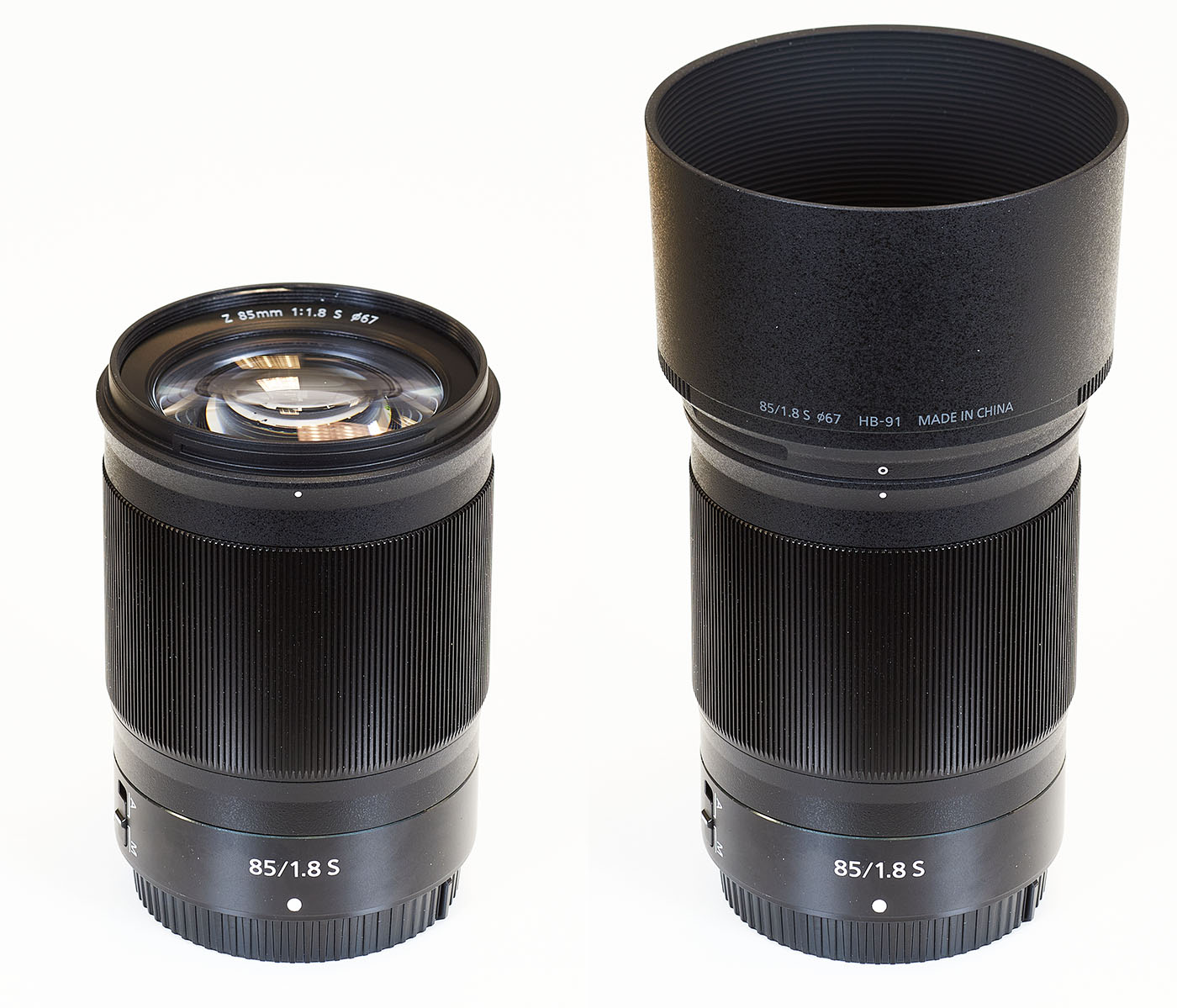
Thanks to an IF (inner focus) design the length remains constant regardless of the focus setting and as you’d expect from any modern lens the front element does not rotate. So, using a polarizer is no problem.
The lens features a stepping motor that allows the lens to adjust focus fast and silently. It’s not a completely noiseless drive, though, so if you’re into video, you’ll likely want to use an external microphone (which you’ll probably use anyway if you’re seriously into video). The aperture is controlled electronically, too.
The lens is sealed against dust and moisture.
| Specifications | |
|---|---|
| Optical construction | 12 elements in 8 groups including 2 ED elements and Nano Crystal Coat |
| Number of aperture blades | 9 (rounded) |
| min. focus distance | 0.8 m (max. magnification ratio 0.12x) |
| Dimensions | 75 x 99 mm |
| Weight | 470 g |
| Filter size | 67 mm (non-rotating) |
| Hood | barrel-shaped (bayonet mount, supplied) |
| Other features | Stepping motor (STM), electronic aperture, customizable control ring, dust and moisture sealings |
Distortion
The lens produces a small amount of pincushion distortion of around 0.8%. The Nikon Z system optionally applies software correction, which in this case over-corrects distortion to around 0.5% barrel distortion.
Surprisingly, both amounts are higher than what the Nikkor AF-S 85mm f/1.8 showed.
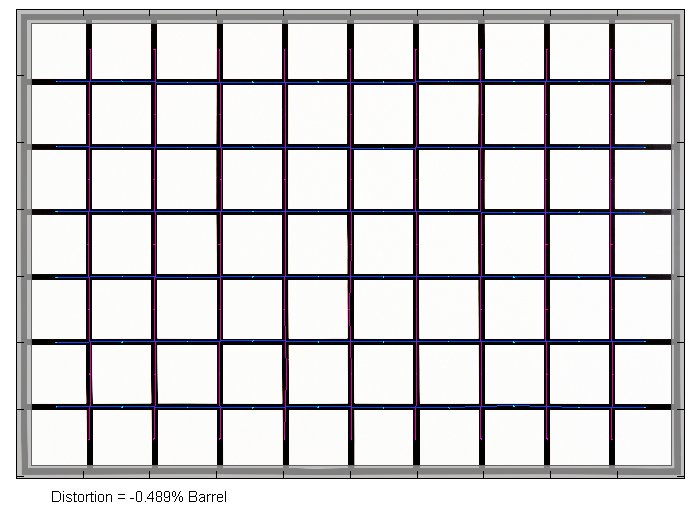

Vignetting
Nikon offers in-camera correction for vignetting, but the situation is a bit more complicated than distortion correction, where it is basically just an on/off setting. Vignetting correction can be set to either ‘off’, ‘low’, ‘normal’ or ‘high’ in the camera menu, where the default setting is ‘normal’. For JPGs, the chosen setting is applied to the final image. If you shoot RAW, the selected setting is stored in the meta data to be applied later by the processing software. In addition, Nikon embeds the full lens correction profile into the NEF files.
Surprisingly, none of the in-camera correction settings Nikon offers makes full use of the correction profile in the same way. Even at the ‘high’ setting, vignetting is not fully corrected. You can, however, achieve full vignetting correction by using a RAW converter that supports the embedded NEF profile.
For our vignetting analysis of Z lenses, we do not use JPGs generated by the camera, as we usually do for other systems. Instead, we base the analysis on NEF files imported into CaptureOne, with vignetting correction applied to a level that resembles the ‘normal’ setting of the in-camera correction.
Without any correction applied, the lens vignettes visibly wide open, the amount of light fall-off is around 1.5 stops at f/1.8, reducing to lower numbers by stopping down. From f/4 onwards, it should no longer be visible with most subjects.
With “normal” correction applied, the images still show almost one stop of vignetting wide open. Really low figures are achieved at f/2.8 already.
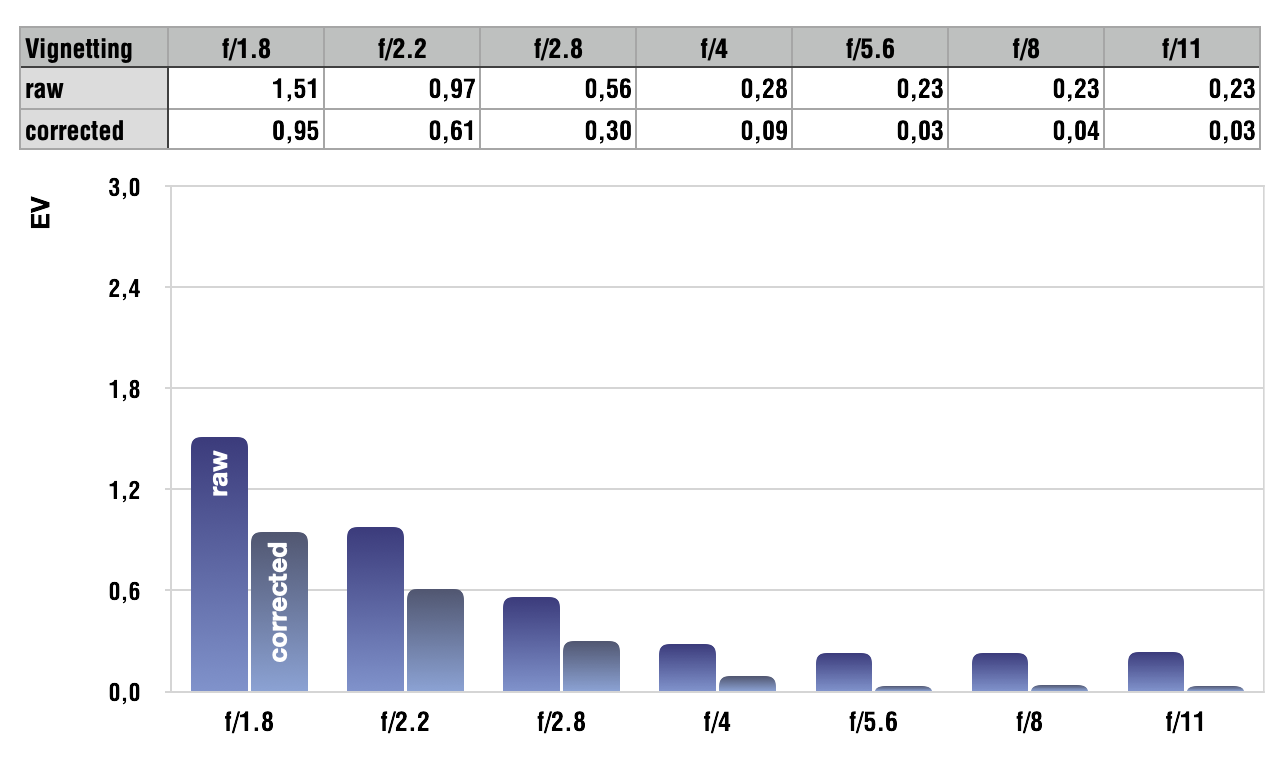
MTF (resolution)
The Nikkor shows very good resolution across the whole frame at the maximum aperture. Stopping down increases resolution further, reaching excellent numbers across the whole frame at f/4 and f/5.6.
The lens showed some focus shifting when stopping down (residual spherical aberration).
Please note that the MTF results are not directly comparable across the different systems!
Below is a simplified summary of the formal findings. The chart shows line widths per picture height (LW/PH) which can be taken as a measure for sharpness. If you want to know more about the MTF50 figures you may check out the corresponding Imatest Explanations
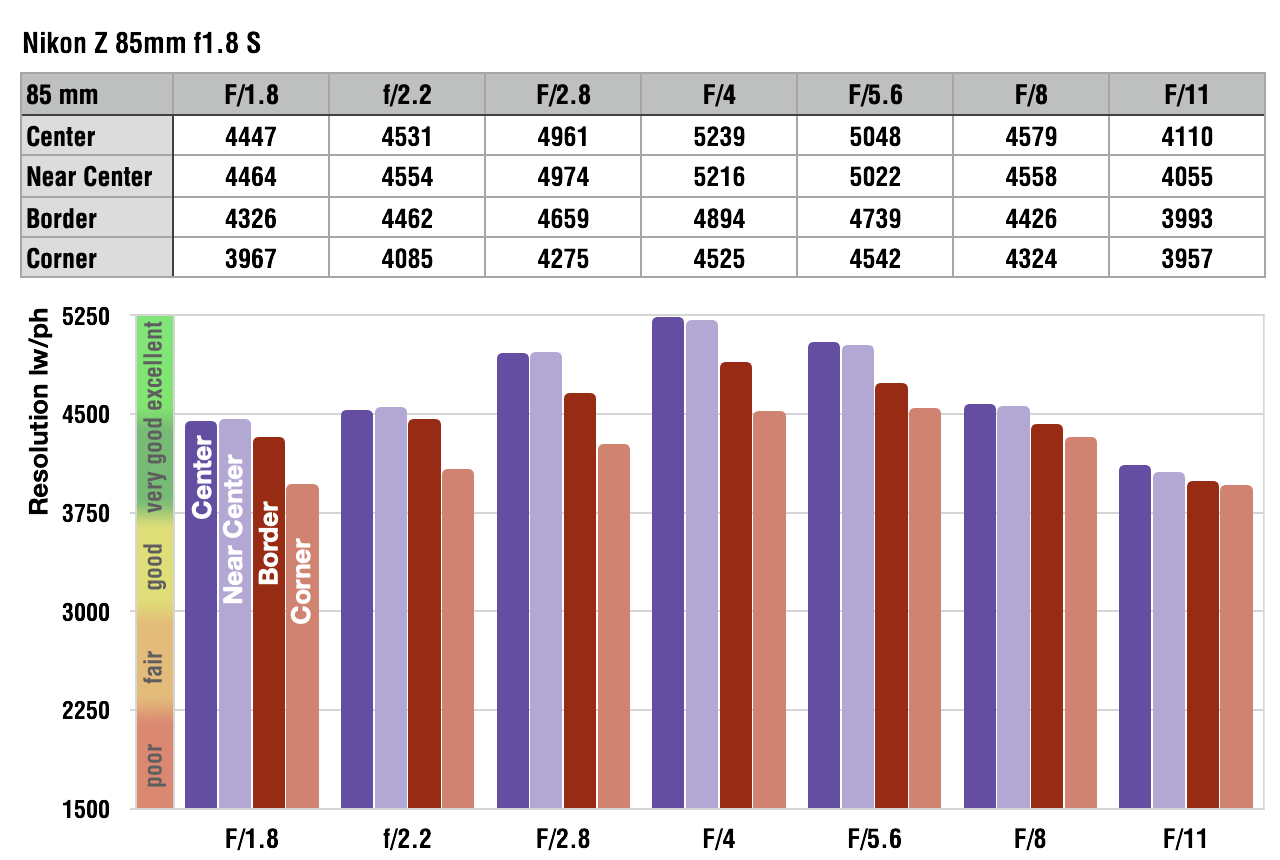
Chromatic Aberrations (CAs)
Chromatic aberrations (color shadows at harsh contrast transitions) are very well controlled, with very low values in the range of 0.22 to 0.46 pixels at the image borders.
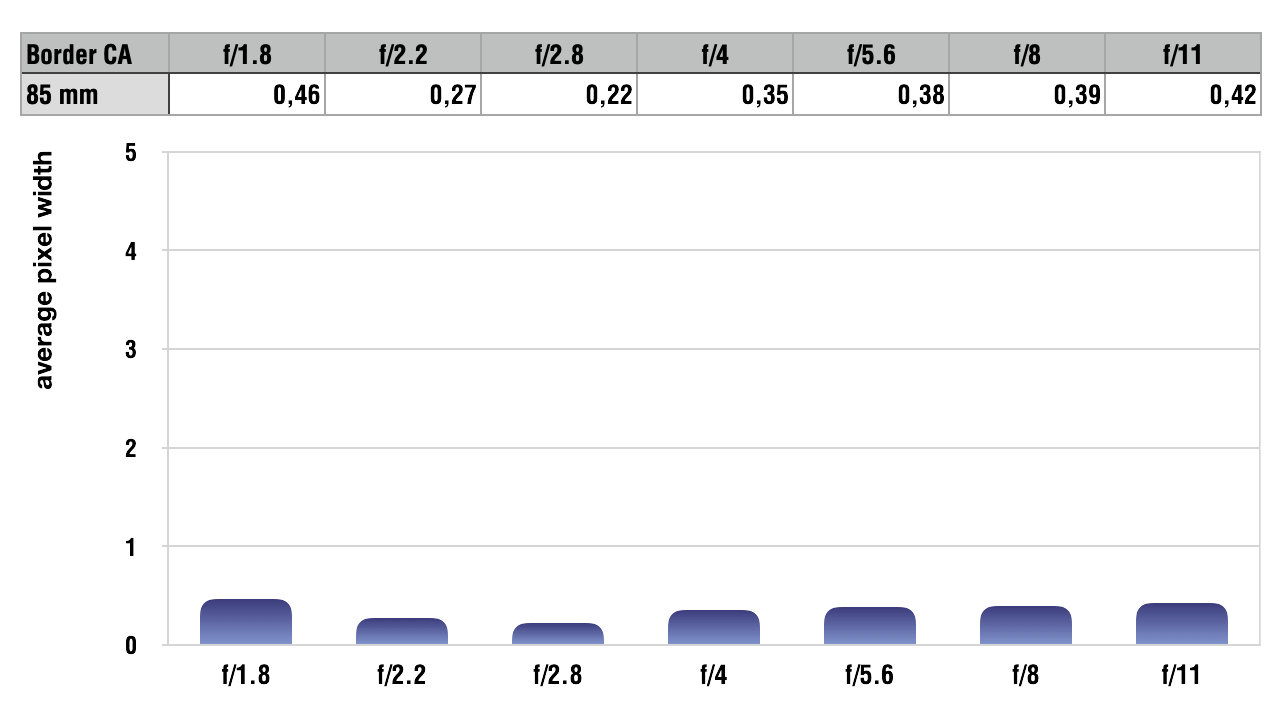
Bokeh
One of the main reasons to use a fast tele prime is its ability to separate the main subject from the background. For such images, the quality of the background blur is of major importance.
The Nikkor delivers very smooth and pleasing image blur in these kinds of shots.
Out-of-focus highlights are evenly filled with virtually no outlining. The lens features 9 rounded aperture blades, giving background highlight a nice circular shape when stopped down slightly. Surprisingly, at f/4 the blades become visible and the highlights are no longer circular.

The shape of the highlights deteriorates a bit towards the image borders due to mechanical vignetting at large apertures. However, stopping down solves that issue.
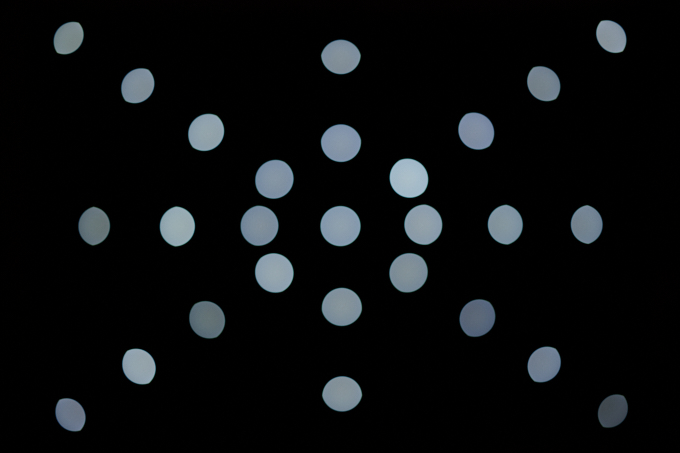
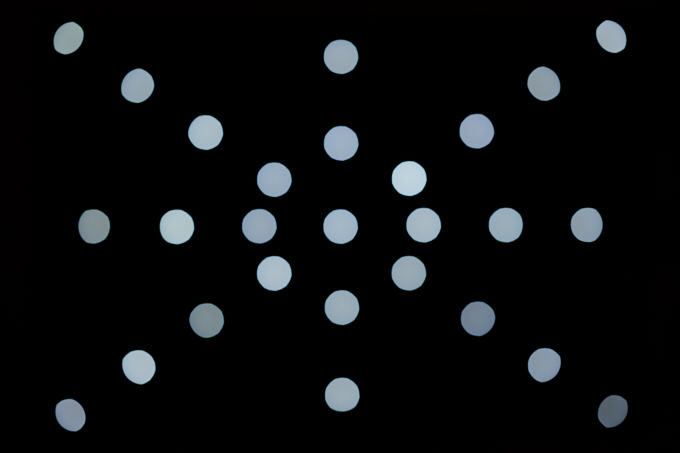
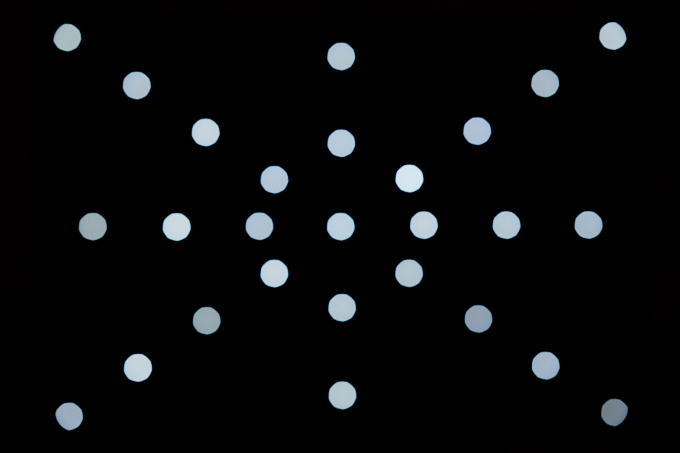
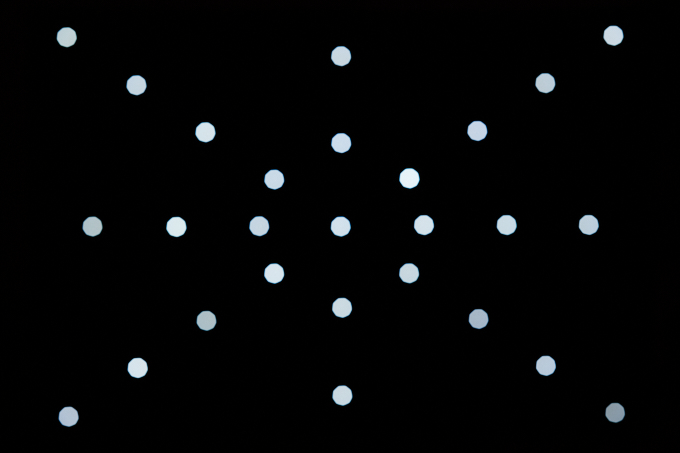
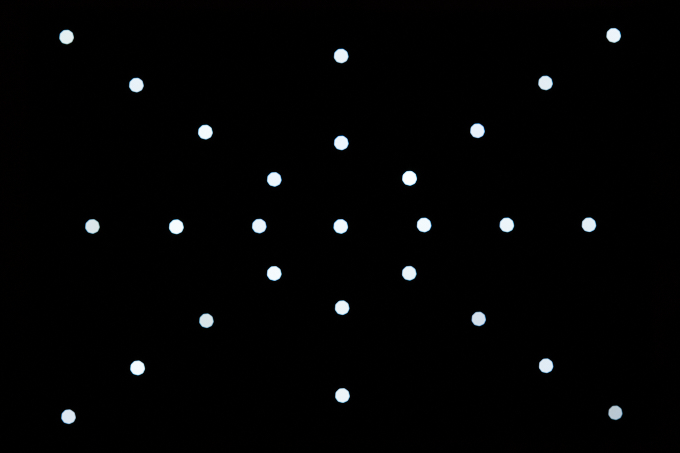
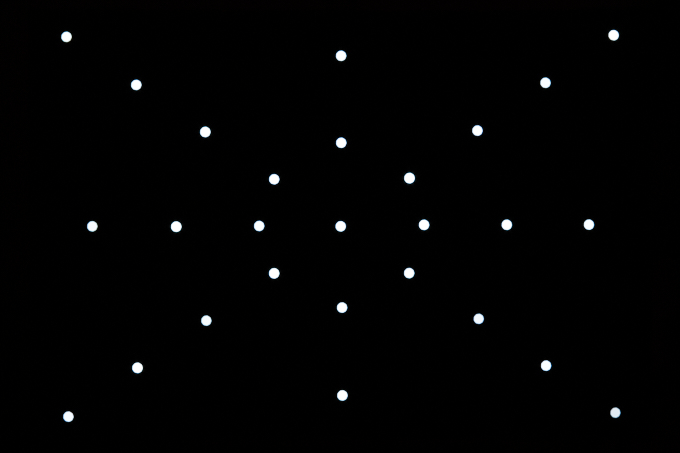
In the focus transition zone, the lens shows smooth image blur behind the focal plane (to the left below), but a tad more nervous bokeh due to mild double images in the foreground (to the right below).
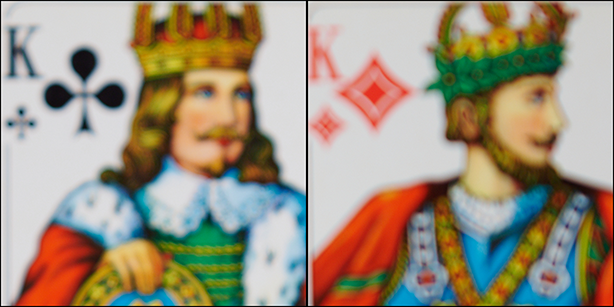
Bokeh Fringing / LoCA
Bokeh fringing (non-coinciding focal planes of the various colors, also referred to as longitudinal chromatic aberration, or LoCA for short) is an axial color fringing effect and a common issue with relatively fast glass. The halos typically have different colors – magenta (red + blue) in front of the focus point and green beyond. Unlike lateral CAs, bokeh fringing can not easily be fixed in post processing.
Typical for most fast tele primes, the Nikkor is not free of of bokeh fringing at large apertures. As usual, stopping down the lens reduces the amount of bokeh fringing further.
In addition, these shots also illustrate the focus shift when stopping down that was mentioned in the MTF section. It’s worth mentioning though that down to f/5.6, Z cameras focus with the lens stopped down (unless the lens is even slower than f/5.6, of course), so the focus shift can only become an issue if the lens is focused manually and the aperture changed later (that’s actually what we do for the images below).
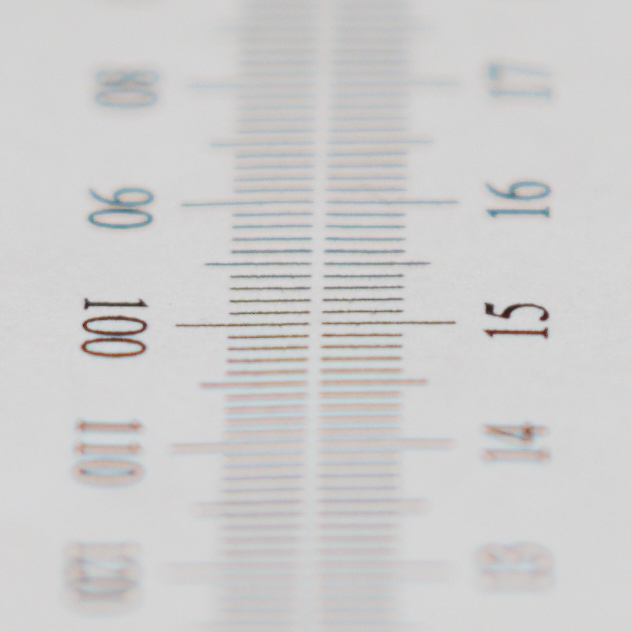


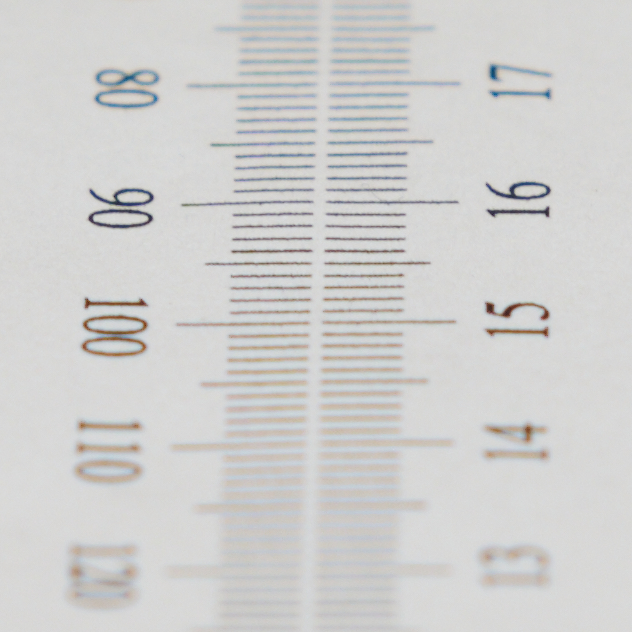
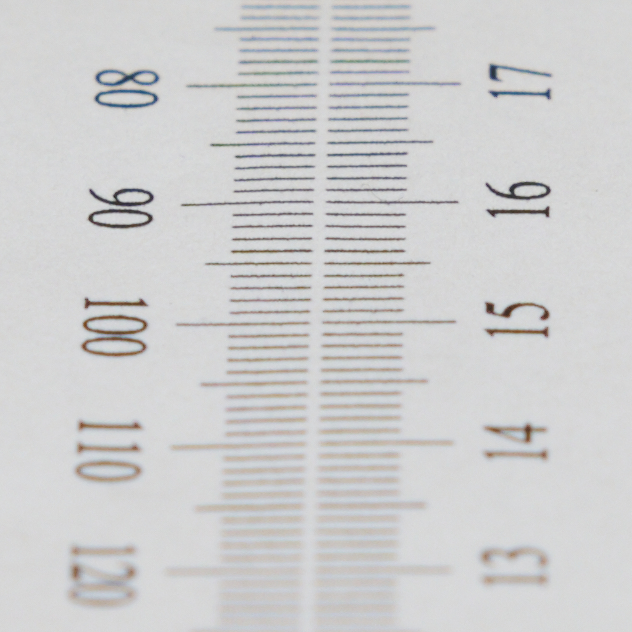
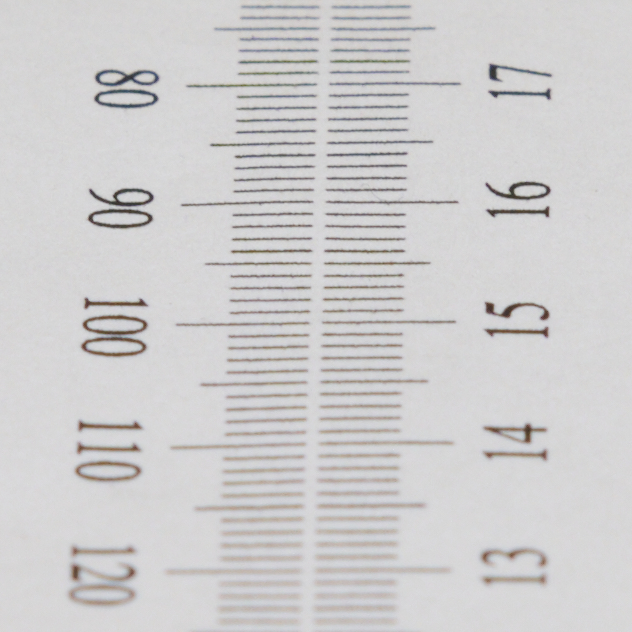
Sample Shots
The following sample shots were RAW-converted in CaptureOne with lens corrections disabled.
The Nikkor Z 85mm f/1.8 S performs on a very high level, delivering very high resolution across the whole frame straight from the maximum aperture.
Background blur is very soft and smooth with evenly filled highlights without visible outlining. Bokeh fringing is on a typical level for this lens class.
CAs are very well controlled and no issue at all. Distortion is fairly low natively, even though a tad higher than it used to be on the F-mount lens that was available for the last decade.
Vignetting is moderate at large apertures and no issue at medim apertures and beyond. Software correction can take care of it completely, if required.
The build quality of the lens is on a very high level. There are some plastic parts on the lens body, but most of it is made from aluminum and feels sturdy and solid. Controls on the lens are reduced to a minimum, just the AF/M switch and the focus ring. The latter works electronically though with variable speed and can be customized to control a (small) selection of other functions.
Thanks to a stepping motor, autofocus is very fast and silent.
Performing on such a high level, the lens easily deserves our "Highly Recommended" badge.
-
Optical Quality
-
Build Quality
-
Price/Performance

